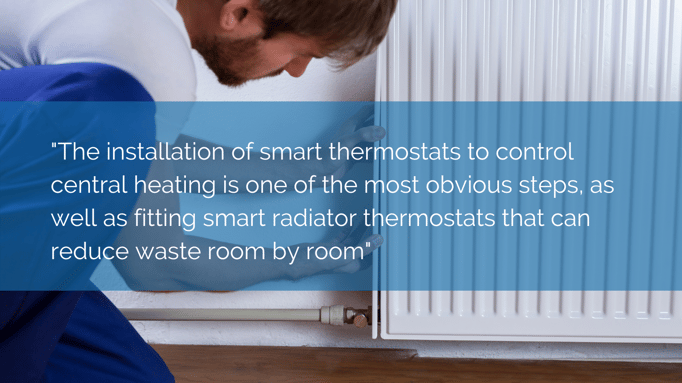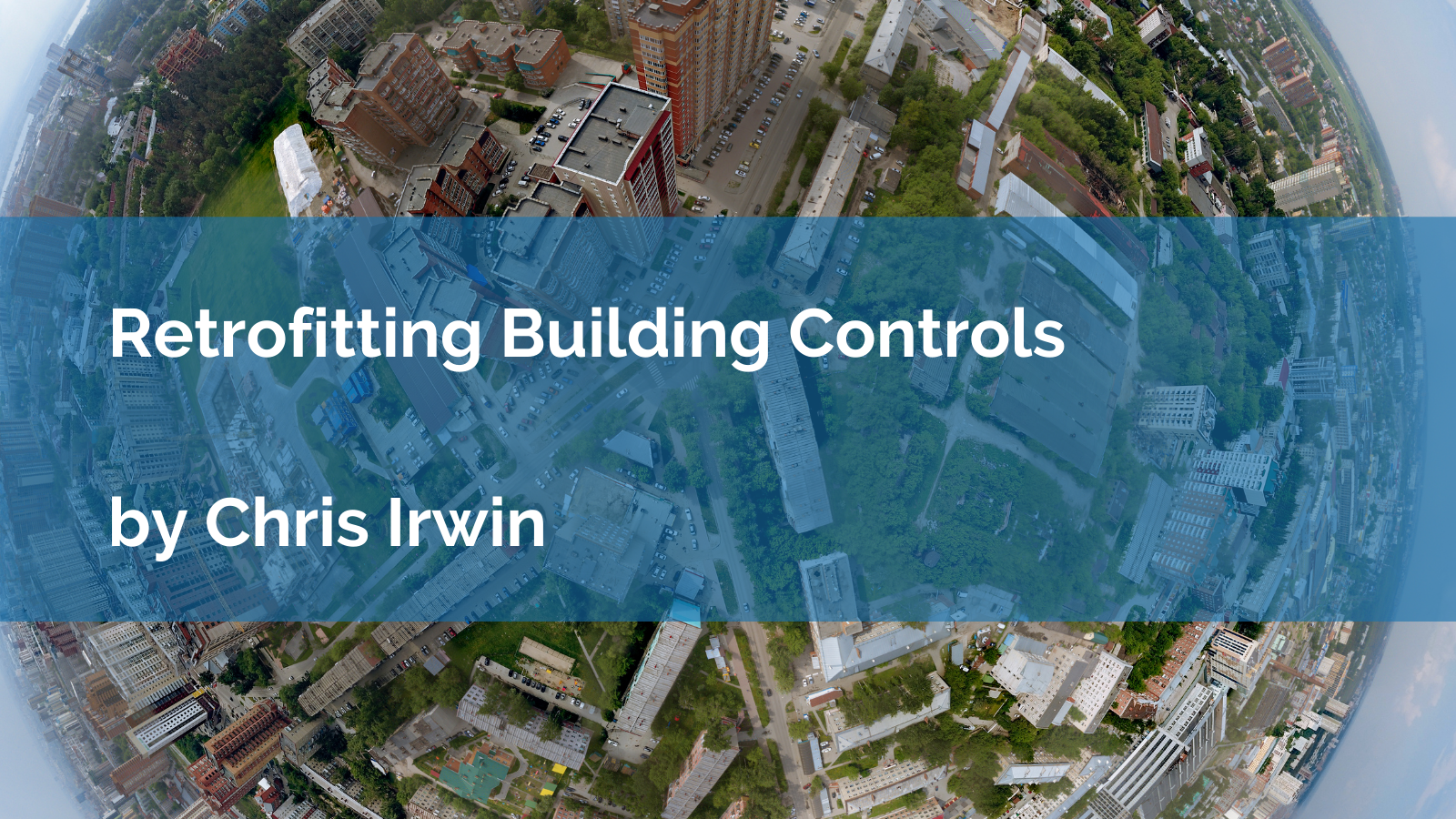As the
scale of the global climate crisis becomes clear, there is much talk
about de-carbonization of heating and net zero building construction.
Whilst making radical improvements to the building regulations that govern design
and construction of new buildings is crucial, it’s not enough. For one,
most of the buildings that will be around in 50 years have already been
built, so the impact of net zero buildings on energy usage will not be
as much as we need. Also, most existing buildings are poorly managed
(from an energy usage perspective), leading to massive amounts of
waste. It’s a similar situation
to that faced by the food industry; there have been huge strides made
in the efficiency of food production, but this is negated by the amount
of food that goes to waste, either left to rot or thrown away by
consumers who over-purchase. Tackling waste is hard; there is no single
fix, but it is well established that by upgrading the controls on a
building, significant energy savings and operational benefits can be
made.
In homes, the installation of smart thermostats to control central
heating is one of the most obvious steps, as well as fitting smart
radiator thermostats that can reduce waste room by room; devices such
as the Radbot smart actuator offer
a savings of over 20% with a payback of less than 2 years! In small
commercial buildings the percentage savings that can be made are often
greater, since many have inadequate controls and little or no
management of the configuration and settings required to optimize them.
Whilst many building owners and operators, such as
major retail and leisure chains, have made investments to reduce the
waste of energy, the vast majority of smaller buildings have yet to be
tackled.

The
two fundamental problems faced by organizations wanting to provide
solutions is how to persuade the building owner/operator of the
benefits and how to get them installed and commissioned
cost-effectively. Until now, the cost of installing fully programmable
building management systems with sophisticated features for logging the
environmental data and reporting on it, as well as algorithms to
optimize control, has been too high for the majority of smaller
buildings. The complexity of installation and commissioning also tends
to be beyond the competencies of the contracting channels that install
the HVAC and lighting equipment. A third, very practical issue, is that
retrofitting additional sensors and control devices into an existing
occupied building is relatively expensive (compared to installing in
new buildings), because running cables around internal spaces is
disruptive to occupants and must therefore be carried out after
opening/working hours.
The situation is not all doom and gloom though. Equipment manufacturers have, in recent years, been fitting more “intelligent” controls to their heating and air-conditioning products. Unfortunately, these typically only control the supplier’s
own equipment. This does not help deliver an easy-to-manage, overall
site solution. No user wants to juggle multiple user interfaces and smartphone apps just to manage their building, which is why a more holistic solution is needed.
Another
positive change over the last 5 years or so has been the wider
availability, and falling costs, of wireless devices that can reduce
the installation time and disruption to operations. The newer wireless
protocols such as LORA offer a better balance of range reliability and
battery life than previous generations, making these a far more
attractive proposition for retrofit solutions. Far less common are
wireless control modules for switch lighting and other electrical loads
such as door curtains, VRF units etc. but these are also very useful in
reducing on-site costs.
Another problem that multi-site building operators face....................
For complete article click here
